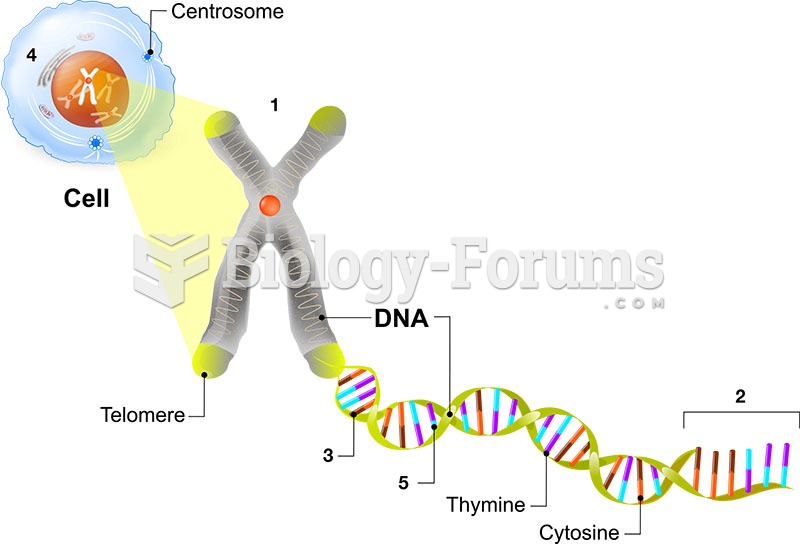|
|
|
The first oral chemotherapy drug for colon cancer was approved by FDA in 2001.
In the United States, there is a birth every 8 seconds, according to the U.S. Census Bureau's Population Clock.
Patients who cannot swallow may receive nutrition via a parenteral route—usually, a catheter is inserted through the chest into a large vein going into the heart.
There used to be a metric calendar, as well as metric clocks. The metric calendar, or "French Republican Calendar" divided the year into 12 months, but each month was divided into three 10-day weeks. Each day had 10 decimal hours. Each hour had 100 decimal minutes. Due to lack of popularity, the metric clocks and calendars were ended in 1795, three years after they had been first marketed.
The average adult has about 21 square feet of skin.






